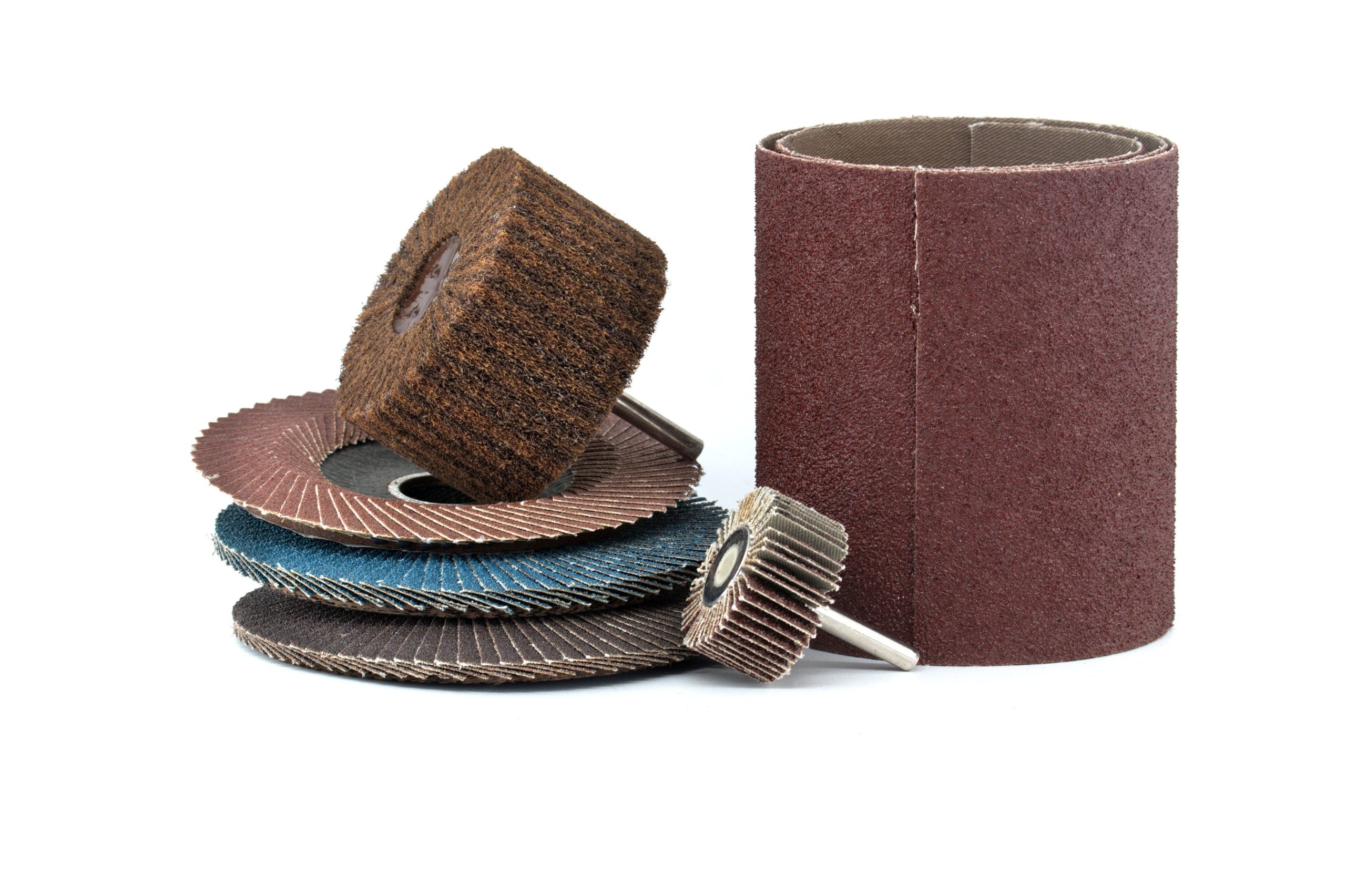Grinding Discs: Different Factors that Can Affect Product Selection – Part 1
12 July 2024
Explore key factors affecting grinding discs selection and discover Newlands Fasteners’ extensive range of high-quality discs for any grinding job.
Grinding discs are essential tools for metalworking and fabrication tasks, with their selection playing a critical role in project outcomes. Choosing the right grinding disc impacts efficiency, safety, and final product quality across industries.
Various factors influence grinding disc selection, including material composition, disc dimensions, grit size, and specific application requirements. Understanding these key elements helps professionals and hobbyists alike make informed decisions to optimize their grinding performance and achieve superior results.
Understanding Grinding Discs
Grinding discs, also known as grinding wheels, are abrasive tools used for shaping, smoothing, and removing material from various surfaces. They consist of abrasive grains bonded together to a core.
Material to be Ground and its Hardness
The first and foremost consideration is the material being ground and its hardness. Different materials require different types of abrasives and grit sizes to achieve the desired finish and stock removal. For example, aluminium oxide grains are well-suited for grinding ferrous metals, while silicon carbide grains are ideal for grinding non-ferrous metals and non-metallic materials. The hardness of the material also affects the choice of wheel grade or hardness. A harder grade is suitable for grinding soft materials, while a softer grade is better for grinding hard materials.
Required Finish and Amount of Stock Removal
The required finish and amount of stock removal are critical factors in selecting the right grinding disc. Coarser grits are typically used for fast-cutting action and stock removal, while finer grits are used for achieving high finishes. The bond type also plays a crucial role in determining the finish and stock removal. Vitrified bonds are generally used for fast-cutting action and commercial finishes, while resinoid, rubber and Shellac-bonded wheels produce the highest finishes.
Wet or Dry Grinding
The use of coolant during grinding can significantly impact the performance of the grinding disc. Vitrified bonded wheels act softer when coolant is used, as the lubricity of the coolant helps reduce friction and keeps the grains sharper. In dry grinding operations, softer-grade wheels may be necessary to prevent overheating and damage to the wheel.
Area of Contact
The area of contact between the grinding disc and the workpiece also affects the choice of grit size and grade. Coarser grits are used for larger areas of contact, while finer grits are used for smaller areas. The grade of the wheel also changes based on the area of contact. Softer grades are used for larger areas, while harder grades are used for smaller areas.
Severity of Operation
The severity of the grinding operation, including the grinding pressure and force per grain, also influences the choice of the grinding disc. Tougher abrasives are used for severe grinding operations, while softer abrasives are used for less severe operations. The severity of the operation also affects the grit size and grade of the wheel. Coarser grits are used for more severe operations, while finer grits are used for less severe operations.
Don’t settle for just any grinding disc! Order from Newlands Fasteners & Engineering Supplies, you can ensure that you select the right grinding disc for your specific needs and achieve optimal results in your grinding operations.
Optimized by: Netwizard SEO
